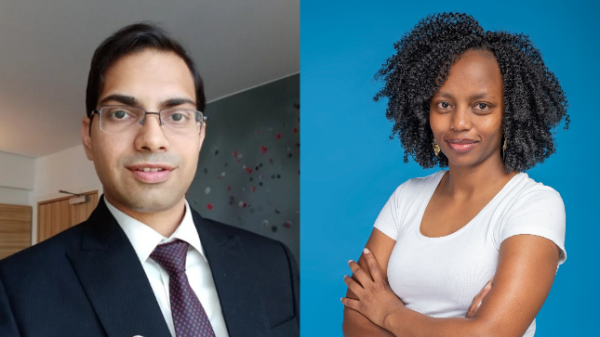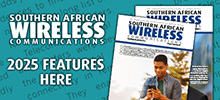16 March 2023
Rosemary Kimaku, business development manager, mobile financial services at Ericsson and Mohit Bhargava, mobile money marketing lead
The gender gap in formal financial account ownership across developing countries has fallen from 9% to 6%, highlighting that women are getting closer to financial equality. Growth in account ownership by women is much faster than men and 68% of adult women in developing countries are now included in formal financial systems. In many developing countries, this growth in account ownership amongst women is mainly driven by mobile money.
Mobile money accounts have a simple registration process which requires less documentation and better affordability with zero fees and no minimum balance requirements. Consequently, in many developing countries mobile money services have become a leading alternative to banking systems. Data from Global Findex and FinScope studies corroborates this with reports showing that in at least 20 low- and middle-income countries more women have mobile money accounts than bank accounts. In 10 of these 20 countries the leading mobile money service is powered by Ericsson Wallet Platform, our global fintech platform. In three of these countries, Rwanda, Uganda, and Ghana, more than half of the adult female population has a mobile money account. Furthermore, in six of 10 countries, 30-40% of the female adult population has a mobile money account.
Unsurprisingly, in most of these countries less than 20% of the female adult population has a bank account. The numbers indicate that in these countries mobile money has contributed substantially to increasing the financial inclusion of women.
Mobile money helps to narrow the gender gap of financial access in some countries. For example, in Liberia the gender gap in mobile money account ownership is 8 percentage points, compared to bank or financial accounts where it is 19 percentage points. In Uganda, Ghana, Cameroon, and Liberia, more women than men have only a mobile money account. For example, in Ghana 31% women have only a mobile money account compared to 27% of men.
Service providers encourage the adoption of mobile money amongst women by offering services focused on women. Examples include grant distribution for girls’ education into their mother’s mobile money account, insurance and monetary support for healthcare, subsidy disbursement to women for shifting to clean cooking fuels, micro-loans for women entrepreneurs running small and medium-sized businesses, and many more. Mobile money also digitizes traditional financial tools mainly used by women like savings clubs, burial societies, village savings and loans associations (VSLAs) making them more secure, transparent, and easy-to-use. In some countries, female merchants make up a considerable part of local markets. Mobile money enables these low-income merchants to go digital, accept mobile payments, and modernize their businesses at low-cost.
There are a few other steps required to increase the mobile money adoption of women:
- All stakeholders including governments, NGOs, regulators, industry bodies and mobile money providers should work collectively to roll out digital and financial literacy programs for women and create more awareness about the benefits and use of mobile money services.
- Raise the participation of women in the entire mobile money ecosystem. Mobile money providers should increase the proportion of female mobile money agents, enable more female merchants to accept mobile money, feature women in mobile money marketing campaigns and have more female employees at all levels of mobile money organizations from technology to leadership roles. This will create a more female-focused and female-friendly environment and generate more trust and comfort amongst women consumers.
- Governments and mobile money providers should enable a collection of more detailed gender-disaggregated data. A high quality of gender-disaggregated data can be a very useful tool to develop baseline targets, policies, and programs to reduce the gender gap in financial inclusion.
It is encouraging to see that mobile money enables equal access to financial services and works towards increasing the financial inclusion of woman in many countries. However, this is just the beginning, and we need to increase the efforts multifold to fully close the gender gap in financial access. Ericsson Wallet Platform along with the mobile financial services it powers, will continue focusing on leveraging and enhancing mobile money as a tool to drive full financial inclusion for women.






